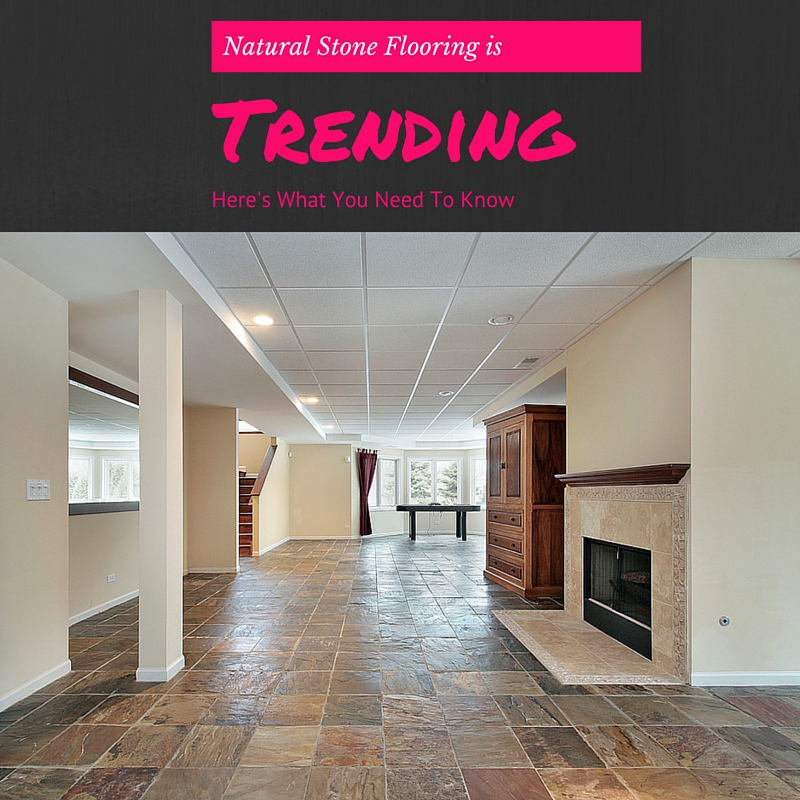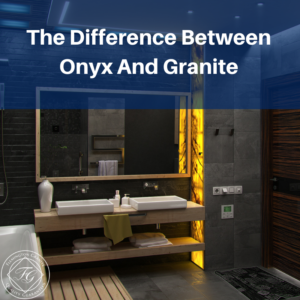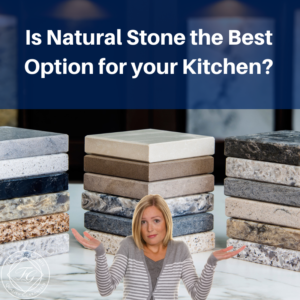
Every homeowner can appreciate the use of natural stone pretty much anywhere in the home. It has become trendy over the last few years because there is so much versatility in the ways that it can be used, from tiny tiles to large countertop slabs. Marble and granite are materials that most people are familiar with, but onyx and travertine are unique options gaining popularity.
Before you commit to a particular stone flooring, consider the options based on the requirements in the area of application. As long as you do the research, you are sure to find a material worth making the long-term investment.
Absorption Rating
Manufacturers use a specific rating of each material to specify how porous and absorbent it is. This provides an indication of how easily it will accumulate stains and take on damage. These 4 levels rank from the most absorbent to the lowest.
- Non-vitreous: This type of tile should never be installed in an environment that might become damp because it will be damaged.
- Semi-vitreous: Although these tiles can stand up to some moisture, they will require maintenance when exposed.
- Vitreous: Ideal for mid to low traffic areas, this type of flooring tile material features the standard absorption level.
- Impervious: High traffic and commercial applications require these liquid resistant materials because they are very easy to maintain.
Grading Your Materials
Thickness, size, condition, and shape are some of the qualities referred to in the material grading system.
- Grade 1 is given to uniform materials that are of the highest quality.
- Grade 2 materials typically have minor irregularities, chips, and other defects that prevent complete uniformity.
- Grade 3 is typically used in rustic decorations or accent pieces because they have major flaws and are highly irregular.
Is Friction Important?
It’s not always necessary to choose a material with low traction, but this measurement is important in high-traffic applications. In most environments, a low coefficient of friction basically means that it’s going to get slippery. Flooring materials need to have a .6 dryness coefficient or higher to comply with the Americans with Disabilities Act.
Indoor vs Outdoor Rating
Use the above factors to decide if different natural stone materials are suitable for the application area. An outdoor environment is going to expose the material to dirt, moisture, and other elements that could cause damage. Avoid using non-vitreous materials outside and make sure that the coefficient of friction is high enough to prevent slipping hazards.
Oxidation
A problem that can arise when working with natural stone materials is the potential for iron to be present. It’s not man-made so there is no way to control the composition. If applied outdoors, iron will eventually oxidize and begin to degenerate through rusting.
We encourage the use of natural stone tiles and look forward to helping you decide on the best option for your desired applications. Call to schedule appointment or stop by to take a look at the options in our showrooms.






